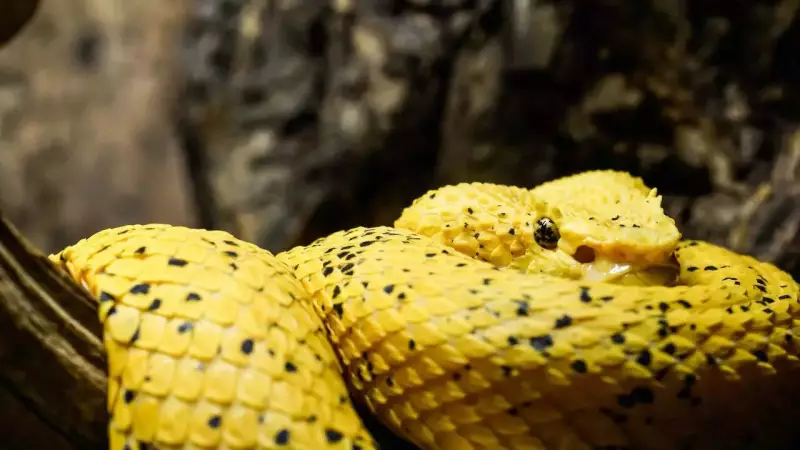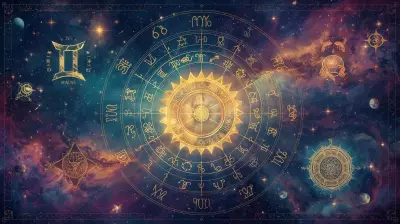
Nature's palette contains some of the most spectacular colors, but few are as eye-catching as the brilliant yellow found in various animal species across the globe. These golden-hued creatures have evolved their striking appearance for reasons ranging from camouflage to warning signals.
The Science Behind the Sunshine Hue
What makes these animals so vibrantly yellow? The coloration comes from pigments called carotenoids obtained through their diet, or sometimes from specialized cells called chromatophores. This golden appearance serves multiple purposes in the wild.
Warning Colors: Nature's Caution Signs
Many yellow animals use their bright coloration as a warning to potential predators. This phenomenon, known as aposematism, signals that the animal might be poisonous, venomous, or otherwise dangerous to eat. The message is clear: "Stay away, I'm not worth the trouble!"
Meet Nature's Golden Stars
Amphibian Royalty
The golden poison dart frog stands out as one of the most famous yellow creatures. Native to Colombia, this small amphibian packs enough toxin to deter even the most determined predators. Its brilliant color serves as an unmistakable warning.
Slithering Sunshine
Several snake species sport stunning yellow patterns, including the yellow python and various viper species. These reptiles use their coloration for camouflage among sun-dappled leaves and forest floors, making them both beautiful and effective hunters.
Feathered Jewels
The bird world boasts numerous yellow-feathered beauties, from the American goldfinch to various tropical species. Their bright plumage often plays a role in mating displays, helping them attract partners during breeding season.
Conservation Concerns
Many of these spectacular yellow creatures face threats from habitat loss, climate change, and illegal wildlife trade. Protecting their natural environments ensures that future generations can continue to marvel at nature's golden wonders.
Next time you're in nature, keep your eyes open for these living jewels – each one represents millions of years of evolution and adaptation, creating some of the most visually stunning examples of life on our planet.





